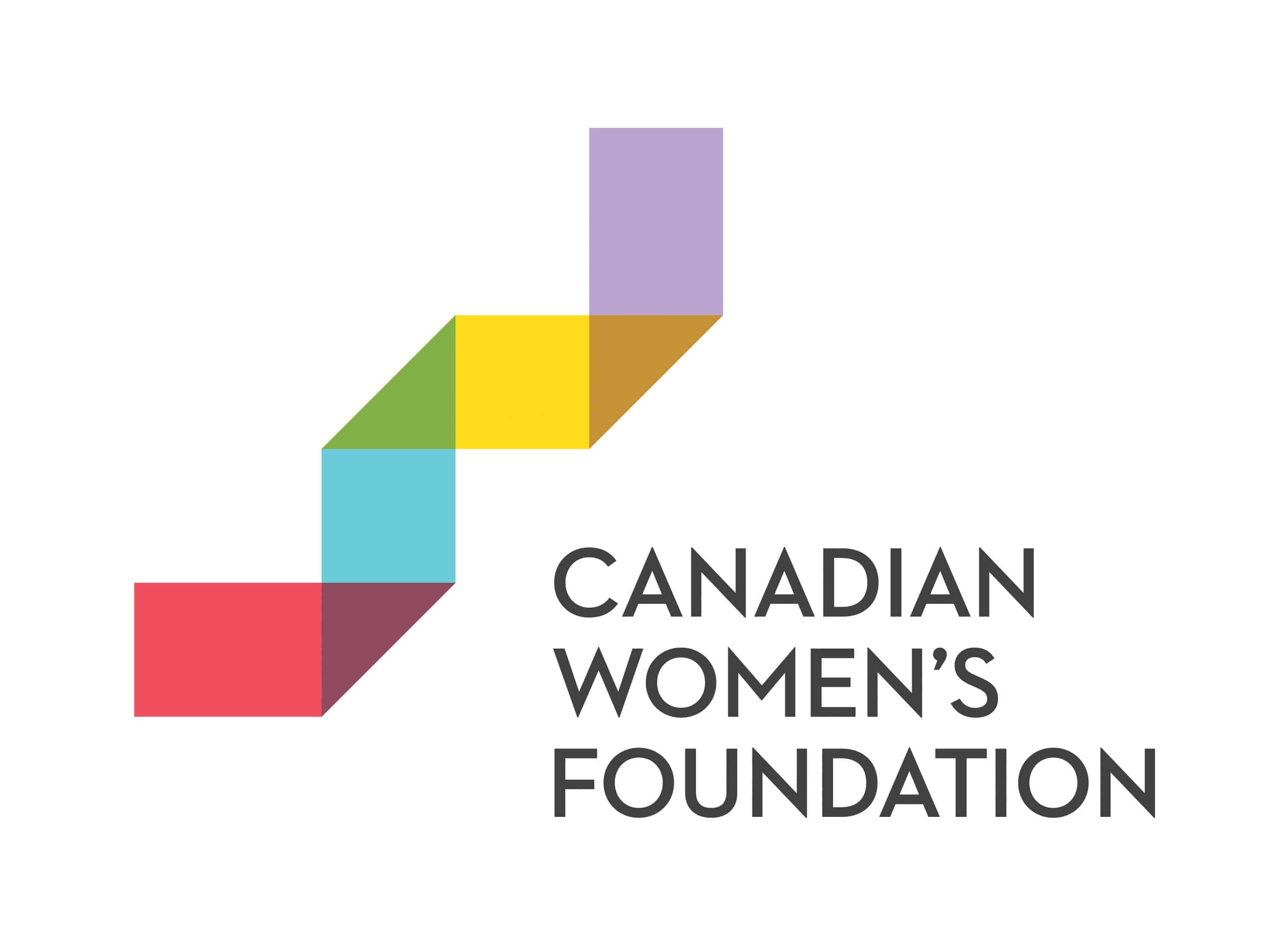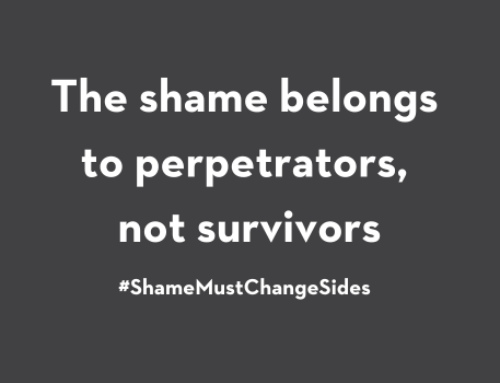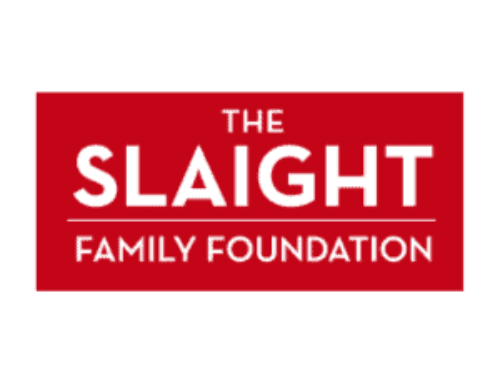
Gender diversity is amazing! There are a zillion sorts of identities, expressions, bodies, voices, preferences, styles, and haircuts. Like many amazing things, gender diversity can also be confusing, especially for folks who maybe realized a little more recently than others that there are these zillion sorts. People often have some burning questions in the early days, like:
- What do I call people?
- How do I recognize who is like me and who is different?
- How can I relate to people when I don’t know what they are?
- What if I offend someone?
Then, in later days, there are questions like:
- I work/live/play in a space where I am supposed to be up on all this stuff. Where can I go to question things?
- How can I keep up-to-date (and still seem like I know everything)?
Tough questions for all sorts of days.
People are thirsty for rules, with the best of intentions, when it comes to things like gender diversity. Tell me what to say and what never to say. Tell me what is offensive. Tell me what is cutting edge. Many of us feel like if we can just memorize the rules, we won’t hurt anyone or embarrass ourselves. Unfortunately, and fortunately frankly, there are only a few hard and fast rules when it comes to gender diversity. I am not going to refer you to one perfect resource – there are a lot of great ones out there! Instead here are a few of my favourite suggestions to start:
1. Get your head around gender neutral pronouns. There are a lot of them but you don’t need to know them all. Try using “they, them, their” and see how it goes. It will be grammatically awkward, it will result in people misunderstanding and/or correcting you, and it will take practice. So practice. The result will be an entire rethinking of the categories you have grown up seeing, all through one tiny vocabulary adjustment.
2. Challenge every general statement you make, hear and read about gender-specific qualities. There aren’t many that will be true. Are you trying to come up with one right now? Maybe it’s based on a study that lumped all subjects into male and female categories. Maybe it is based on stereotypes that have gone unchallenged. Ask yourself a few of these questions to find out:
- Is this statement true in every case?
- Can I think of an exception to this statement?
- Who is included in this statement?
- Who is excluded?
- How might this statement be useful/ not useful to the person who said it, or to the people it is about?
- What is being accomplished by this statement?
There are lots of practical, powerful reasons to make gender-specific statements. And there are lots of harmful, useless reasons. It starts by challenging the statement and posing a small series of probing questions. Then you can make a thoughtful decision about continuing, or not, to make, hear or read it.
3. Start to notice the sorts. I have heard that brains like categories, and we simplify the world as a means of basic survival because we cannot mentally process an endless array of variables. But that doesn’t mean we shouldn’t try. Open your senses to the range of identities, expressions, bodies, voices, preferences, styles, and haircuts swirling all around you as you navigate this wonderful world. Read articles and posts, watch documentaries, learn about the lexicon of language for gender diverse communities (which are all of our communities), and know for a fact that there will never be agreement on them all.
4. On the other hand, let all the sorts blend together. My grandparent died this week at the age of 86. When they talked to me, they never saw my identity, my expression, my body, my voice, my preferences, my style, or my haircut. They just saw me. I am privileged to have a few young children in my life who do the exact same thing. It is a beautiful, freeing feeling that everyone should have the opportunity to experience.
Despite the apparent simplicity of these suggestions, recognizing gender diversity is a deeply meaningful act. Recognizing gender diversity is part of ending violence, against everyone, because what could be more non-violent than allowing someone an endless range of options for their own identity? I can think of nothing better.
Learn More
- The Genderbread Person
- Day 9: Re-evaluating personal security with the Internet of things
- How to reach LGBTQ teens when we teach healthy relationships
- Roses Are Red & Valentine's Day is Straight
Take Action
- Join GEN1. Become a monthly donor and help us build the first generation free of violence against women.
- Sign up for our e-newsletter to have our latest stories and resources sent to your inbox.
- Follow us on Facebook and Twitter to join a national conversation on gender equality.







